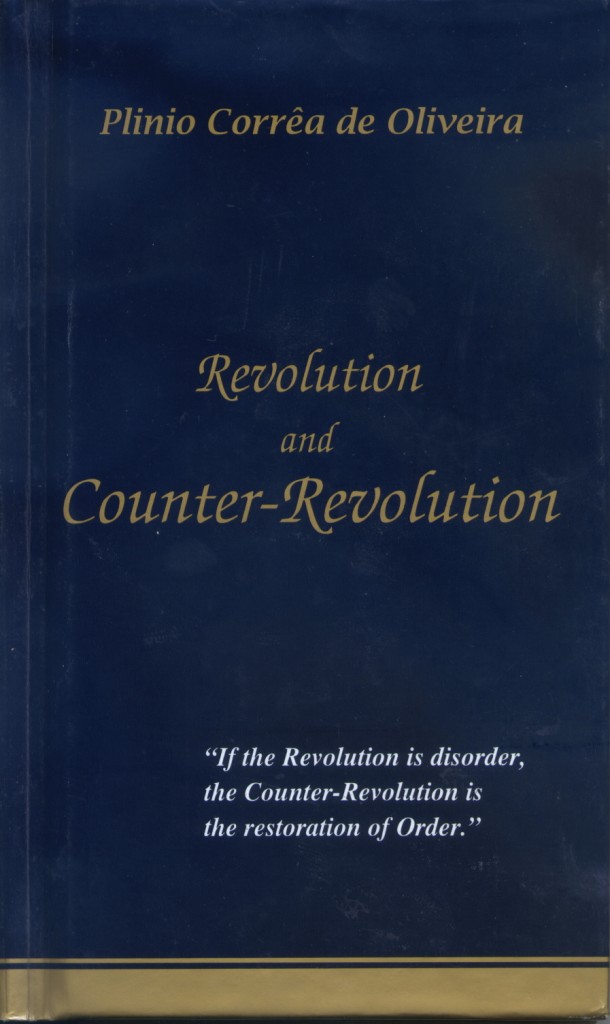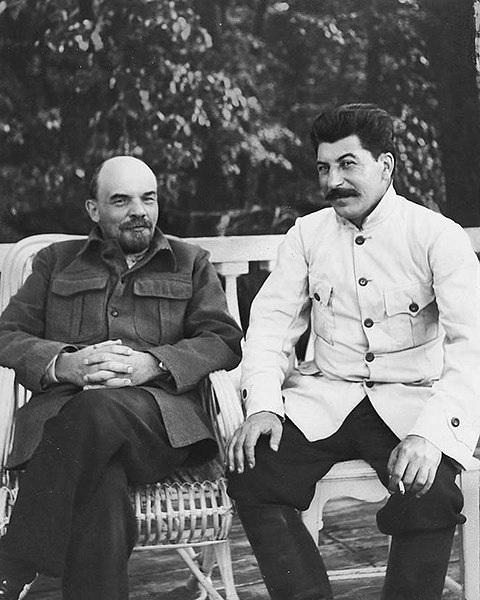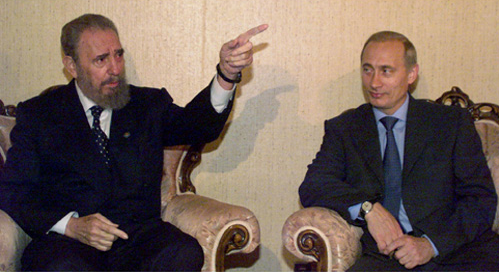 Naturally, a process so profound, vast, and prolonged cannot develop without encompassing every domain of human activity, such as culture, art, laws, customs, and institutions.
Naturally, a process so profound, vast, and prolonged cannot develop without encompassing every domain of human activity, such as culture, art, laws, customs, and institutions.
A detailed study of this process in all its areas of development is much beyond the scope of this essay.
Here — limiting ourselves to one vein of this vast matter — we attempt to sketch summarily the outlines of the immense avalanche that is the Revolution, to give it an adequate name, and to indicate very succinctly its profound causes, the agents promoting it, the essential elements of its doctrine, the respective importance of the various fields in which it acts, the vigor of its dynamism, and the mechanism of its expansion.
In a similar way, we then treat analogous points pertaining to the Counter-Revolution, and study some of the conditions for its victory.
Even so, in each of these themes, we had to restrict ourselves to explaining what in our view are presently the most useful elements for enlightening our readers and assisting them in the fight against the Revolution. We had to leave out many points of capital importance but of less pressing urgency.

A sample of the various campaigns that the TFP have been doing over the years. Click on TFP-Related Sites, which is at the top right-hand side of this website, to see what you can do to be a Counter-Revolutionary!
This work, as we have said, is a simple ensemble of theses by which one may better know the spirit and program of Catolicismo. It would go beyond its natural proportions if it included a complete demonstration of each affirmation. We have limited ourselves to developing the minimum argumentation necessary for showing the relationship between the various theses and giving a panoramic view of a whole side of our doctrinal positions.
* * *
This essay may serve as a survey. What exactly do the readers of Catolicismo in Brazil and elsewhere (who are certainly among those most opposed to the Revolution) think about the Revolution and the Counter-Revolution? Although our propositions encompass only part of the subject, we hope they will lead each of our readers to ask himself this question and to send us his answer, which we would welcome with great interest.
Plinio Corrêa de Oliveira, Revolution and Counter-Revolution (York, Penn.: The American Society for the Defense of Tradition, Family, and Property, 1993), Introduction, Pages 4-5.












